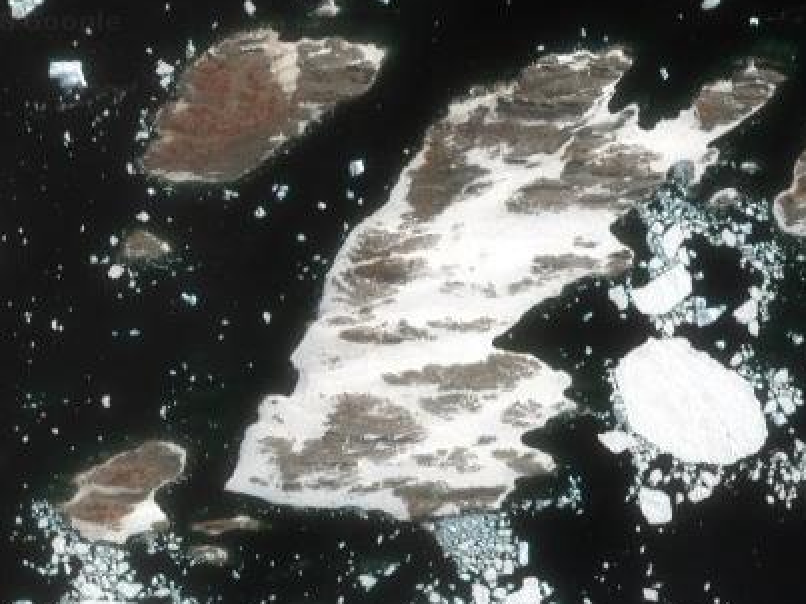Difference between revisions of "Template:Westarctica.wiki:Today's featured article"
Westarctica (talk | contribs) |
Westarctica (talk | contribs) |
||
| Line 1: | Line 1: | ||
[[File: | [[File:Lindsey Islands.png|300px|left]] | ||
The '''[[ | The '''[[Lindsey Islands]]''' (73°37′S 103°18′W) are a group of islands lying just off the northwest tip of the [[Canisteo Peninsula]] in the [[Amundsen Sea]]. | ||
The island group consists of one large island that is several kilometers wide, and a smaller island to its west with several nearby outliers further west. The total land area of the collective islands is approximately 2,100 acres. Some descriptions (e.g. Lindsey 1995) include the island group 5 kilometers to the southwest as within the Lindsey group. However, these were later named the [[Schaefer Islands]] by the U.S. Advisory Committee on [[Antarctic]] Names. Available mapping incorrectly shows many of the individual islands within the group as merged together. | |||
Approximately 52 breeding pairs of [[Adélie penguin]]s were present on the Lindsey Islands as estimated from March 2011 satellite imagery. The colony occupies the eastern and southeastern coasts of the eastern island, and most of three main outliers and the northern half of the largest of the western group of islands. | |||
'''([[ | '''([[Lindsey Islands|Full Article...]])''' | ||
Revision as of 03:13, 12 August 2019
The Lindsey Islands (73°37′S 103°18′W) are a group of islands lying just off the northwest tip of the Canisteo Peninsula in the Amundsen Sea.
The island group consists of one large island that is several kilometers wide, and a smaller island to its west with several nearby outliers further west. The total land area of the collective islands is approximately 2,100 acres. Some descriptions (e.g. Lindsey 1995) include the island group 5 kilometers to the southwest as within the Lindsey group. However, these were later named the Schaefer Islands by the U.S. Advisory Committee on Antarctic Names. Available mapping incorrectly shows many of the individual islands within the group as merged together.
Approximately 52 breeding pairs of Adélie penguins were present on the Lindsey Islands as estimated from March 2011 satellite imagery. The colony occupies the eastern and southeastern coasts of the eastern island, and most of three main outliers and the northern half of the largest of the western group of islands.
